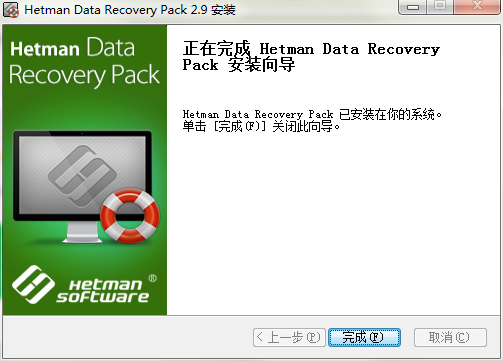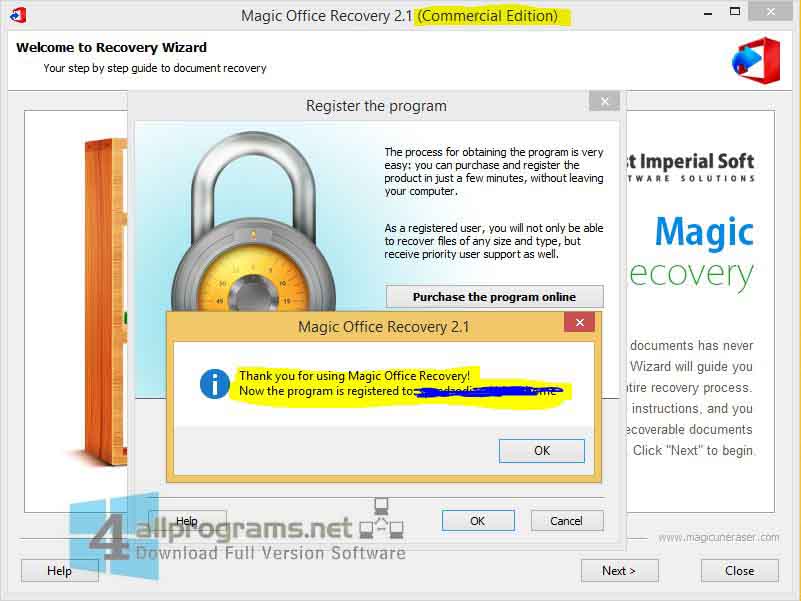


The total number of GDI handles per session is also raised in Windows XP from 16,384 to 65,536 (configurable through the registry). The GDI+ dynamic library can be shipped with an application and used under older versions of Windows. Use of these features is apparent in Windows XP's user interface (transparent desktop icon labels, drop shadows for icon labels on the desktop, shadows under menus, translucent blue selection rectangle in Windows Explorer, sliding task panes and taskbar buttons), and several of its applications such as Microsoft Paint, Windows Picture and Fax Viewer, Photo Printing Wizard, My Pictures Slideshow screensaver, and their presence in the basic graphics layer greatly simplifies implementations of vector-graphics systems such as Flash or SVG. GDI+ uses RGBA values to represent color. GDI+ adds anti-aliased 2D graphics, textures, floating point coordinates, gradient shading, more complex path management, bicubic filtering, intrinsic support for modern graphics-file formats like JPEG and PNG, and support for composition of affine transformations in the 2D view pipeline. With the introduction of Windows XP, the C++ based software-only GDI+ subsystem was introduced to replace certain GDI functions. As the next version of Windows NT after Windows 2000, as well as the successor to Windows Me, Windows XP introduced many new features but it also removed some others.


 0 kommentar(er)
0 kommentar(er)
